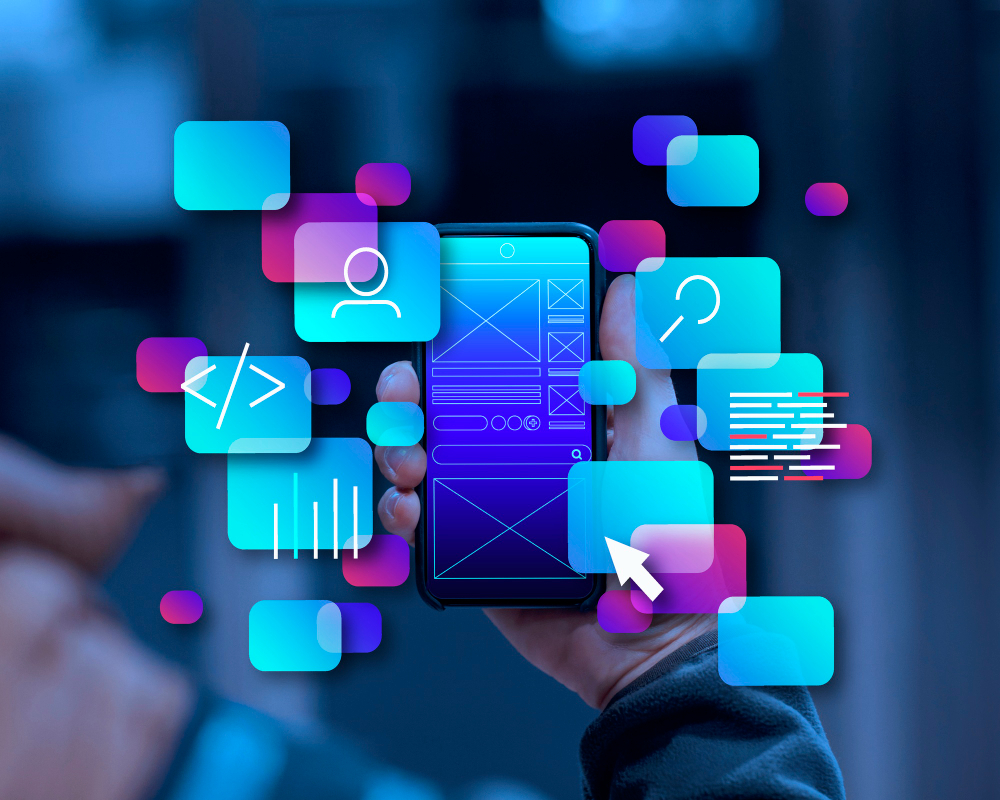Rewiring the Enterprise: 3 Tech Shifts Defining the Next Decade

Enterprise technology is at an inflection point. The old guard—defined by siloed systems, hardcoded apps, and monolithic platforms—is giving way to an era of flexibility, intelligence, and human-centric design. In this transformation, the enterprise isn't just becoming digital. It's becoming alive—responsive, adaptive, and built for perpetual reinvention.
But the road ahead demands more than tool adoption. It calls for a full rewiring of how we build, deploy, and evolve technology—powered by three foundational shifts: intelligent automation, consumer-grade experiences, and connected ecosystems.
Let’s explore each one and what it means for enterprise leaders, developers, and the future of work.
The myth of AI as a future technology is officially dead. From boardrooms to shop floors, AI is no longer a buzzword—it's a baseline.
Platforms like SAP Joule are embedding generative AI into every operational corner, automating not just workflows, but thinking. We’re seeing the transition from robotic process automation (RPA) to intelligent process automation (IPA)—where AI doesn’t just “do” but “decides.” It classifies contracts, detects anomalies in transactions, predicts churn, and recommends personalized actions in real-time.
This is not about reducing headcount. It’s about scaling intelligence.
Enterprises that embrace AI as a core strategic layer are already seeing it impact:
Speed to Insight: Predictive analytics accelerate decisions that used to take weeks.
Human-AI Collaboration: Agents can prep 90% of a task—employees validate the last 10%.
AI-Augmented Operations: Dynamic pricing, supply chain optimization, smart scheduling—no longer hypothetical.
However, organizations must upgrade governance, as discussed in our recent article “From Risk to Resilience.” Embedding AI into business DNA means ensuring responsible adoption—training data, fairness, explainability, and cross-functional accountability all become core to enterprise design.
Let’s be honest—enterprise software used to be clunky. Interfaces built for function over form, training sessions longer than onboarding itself, and usability that screamed, “I was made in 2005.”
That era is over.
Today’s workforce—especially Gen Z—expects enterprise apps to feel like Instagram and WhatsApp. Intuitive, fast, beautiful. And if they don’t? Users abandon or bypass them.
SAP Fiori, WalkMe, and low-code platforms like SAP Build are redefining this landscape. By marrying usability with business power, they are:
Enabling non-technical users to automate workflows and build apps.
Accelerating adoption without IT bottlenecks.
Reducing cognitive load with clean UI/UX patterns.
This democratization of development—where business users become makers—isn’t a niche feature. It’s the only way large enterprises can scale innovation without choking on tech debt.
To ensure this future, organizations must create design systems, invest in UX research, and adopt tools that continuously optimize user journeys.
The final shift might be the most structural: from rigid, one-size-fits-all ERP systems to composable, API-first ecosystems.
This is more than a cloud migration. It’s a mindset shift.
SAP’s Business Data Cloud is a glimpse into this future—a unified platform that brings together structured and unstructured data across business units, ready for real-time analysis and AI training.
This connected ecosystem unlocks:
Agentic AI Platforms: Intelligent agents that reason across silos—finance, supply chain, sales.
Composable Apps: No more giant upgrade cycles—just microservices added as needed.
Cross-Silo Collaboration: Sales sees inventory in real time. HR aligns with operations. Decision-makers work from a single source of truth.
Think of this like moving from a landline to a smartphone. The value isn’t just in the tool—it’s in the network of apps, services, and integrations around it.
At AiDOOS, we believe the real enabler of this transformation is not just technology. It’s how work is done.
The Virtual Delivery Center (VDC) is our model for executing enterprise transformation at scale—bringing together on-demand teams, global talent, and domain-specific AI workflows to build, maintain, and evolve technology across the enterprise lifecycle.
Here's how the VDC model aligns with the three trends:
AI & Automation: VDC teams include AI specialists and automation architects ready to deploy, audit, and scale solutions within your enterprise stack.
Consumerized UX: VDC brings designers, researchers, and low-code developers who can rapidly prototype and roll out apps that users love.
Ecosystem Enablement: From SAP extensions to data integrations and microservice architecture, the VDC model accelerates modular, API-first deployments without long hiring cycles.
With the VDC, your enterprise doesn’t just adapt to change. It leads it.
The next decade of enterprise technology won’t be about who has the fanciest dashboards or the most lines of code. It will be defined by speed, usability, and connection—powered by AI, built for people, and structured to evolve.
The future won’t be owned by the largest enterprises—but by the ones who can move fastest with the smartest operating model.
So, the question isn’t whether these shifts are happening. It’s: are you rewiring your enterprise for them?
Let’s talk.